(T-T)b: Beautiful Extension Cord
(T-T)b: Beautiful Extension Cord
Disposable America 4/4/2025
(T-T)b, a chiprock outfit whose moniker possibly, maybe, potentially stands for “tiny toy bicycles,” returns to the airwaves with their latest LP Beautiful Extension Cord (via Disposable America). The album combines shaggy indie rock riffs and electro hooks into pleasant pop confections that never make you wait too long for the good bits, whether those bits are 8-bit or not.
The band has grown up, down, and sideways since they last listed a Nintendo in their liner notes. The bleeps and bloops are still in the mix on the latest LP, but the songwriting and approach has long since assimilated the virtues of chip exoticism into the sonic framework of your classic indie rock trio of guitar, bass, and drums. In fact, if nobody told you otherwise (and why should they?), you might not place this band on the chiptune spectrum at all.
It’s a musical trajectory that the band has been following for a decade. In 2015 the UK chiptune/electronic label Pterodactyl Squad blurbed the following about a new addition to their catalog, (T-T)b’s Pizza Planet EP:
“It's always fun to release an EP that uses actual/traditional instruments, and (T-T)b blend drums, guitar and dreamy chiptune together to perfect effect. It's like a more blissed-out version of Anamanaguchi. It's like the world melts away into pixels and pastel hues…”
Let’s analyze that blurb for a moment. The slash-connective between ‘actual’ and ‘traditional’ suggests that the writer equates the two kinds of instrument. The lack of any explanation to justify the equivalence suggests that it’s an obvious enough notion that you should accept it too. Whether or not you do.
If the guitar and drums are the ‘actual/traditional’ instruments we’re talking about, most people, then and now, would accept the equivalence, because significant chunks of the world aren’t quite ready, decades into the chiptune movement, to accept that the bloops and bleeps sound is more than decorative furniture surrounding their favorite video game characters.
That’s life. It’s an extra kick in the pants when the chiptune label itself embraces the kind of conceptual rhetoric that diminishes their creative products, suggesting that there’s something less than “actual” about the instruments powering the aesthetic of their entire catalog. Leave that loser talk at the door. But chiptune, as a movement, has historically had confidence issues. At least when it sizes itself up to mainstream sounds.
If Pterodactyl Squad enjoyed the “actual” instruments in Pizza Planet, the label would lose its shit over the 2025 version of (T-T)b. The band, made up by the core of Jake Cardinal and the two brothers Joey and Nick Dussault, have evolved into a synth rock ensemble that no longer needs to flash 8-bit leitmotifs in order to grab your attention. The songwriting stands and falls on its own without the gimmick.
Not that the songwriting on Beautiful Extension Cord abandons the chiptune sound. Instead, the lessons learned from a decade grappling with the aesthetic have been internalized to the extent that the bloops and bleeps can be used in more selective and strategic fashion.
What are some of those lessons?
First, it’s all about the hooks, baby! Early chip-based sound offered a limited palette in terms of timbre and sonic texture. But none of that matters if you can write a really tight sequence of notes that will reel the ear in like a fish on a line. (T-T)b return to the trick again and again on songs like “Dither” and “The Kick.” But is it fair to call something a “trick” if it’s the essential stock in trade of the entire enterprise of pop songwriting? Make it catchy!
In comparison, songs that tease out the hook into a more full-fledged melody (“Sugar In The Raw”) or trade catchiness for mood-setting dronery (“Sophie”) suggest a band that doesn’t want to get too bogged down in routine.
Second lesson to learn from a chiptune legacy: the art of repetition. One of the challenges of writing soundtracks for video games in the 70s and 80s was the brutally inadequate memory space available to store the music on the disk or cartridge. As a matter of necessity, video game music writers trained themselves to use repetition to conserve memory. It requires less coding to tell a program to repeat a command than it takes to have it execute an entirely new one, etc. You like that initial hook? Good. Because you’re going to hear it 10,000 more times.
Presumably, (T-T)b never faced the same types of memory constraints as the OG soundtrackers, working with modded equipment and updated software in the present day (y’know, alongside their “actual” instruments). But there remains a certain ethos baked into the tradition that values economy of style. Don’t splatter paint around the canvas just for the sake of filling negative space. Find the right pattern, and bang that drum until the cows come home. You can scale that philosophy up to the “high” art of 20th and 21st century minimalism, or scale it down to the “low” art of pop culture of pop music.
Either way, it works fine. When (T-T)b repeats a riff, you can hear the echo of a line of code being repeated. Visions of the riff populating a track of a digital audio workstation dance through your head. Even through the shaggy sounds of a rock n roll amp, there’s a quasi-mechanical precision in the repetition.
The vocalist repeats the following line about thirty times in “Bug On The Ceiling,” for example, offering no significant development of pitch, tone, emphasis, or emotive power throughout: “Was it heaven, or just a bug?” There’s a fine mini-tradition of deadpan vocals, and riffery in general, in indie rock. Think: Kim Deal backup vocals, or Weezer riffs in general. Maybe the band is keying in on that, or maybe they just want to sound like the machines they’re using to make the music? So sayeth the lyrics from “Sugar In The Raw”: “I do the same thing / And I can’t break out of it.”
The effective use of hooks and repetition makes it all the more noticeable when (T-T)b cuts loose with what, for lack of a better descriptor, let’s call the “organic” sound. The sound that breathes life because, like life, it incorporates chance elements into the mix. Notes, textures, points of emphases that weren’t necessarily planned in advance, could’ve sounded different, but sound like they sound, and give the mix a lively and unique character. The bass walk in “Hey, Creepshow” or the wobbly Pavement-style guitar accompaniment in “The Kick” gives us brief glimpses of a more spontaneous, less regimented sound – and it sounds great.
(T-T)b
While the chiptune heritage teaches valuable lessons, there is one chief drawback. One persistent nut that the genre has failed to crack is the generation of pathos, a prerequisite for any artform that wants to investigate the deeper and darker shades of human existence. The sounds of bleeps and bloops are simply too joyous. And the period of our lives that we primarily associate with gaming – adolescence (middle-aged gamers wearing backwards caps on Twitch aside) – is simply too joyous to saddle with the psycho-spiritual aches and pains of mature adulthood.
When (T-T)b launches into musical stratospheres with more emotional weight, you can practically hear the groaning sound of the depleted booster rockets of chiptune fall away, hurtle to Earth, burn up in the atmosphere as the band itself achieves orbit. It’s a fine image. Floating in the dark with bright blue Earth below. And maybe not a terrible metaphor for growing up too. Leaving behind the home planet of our childhood, full of familiar comforts, for the space of adulthood, unbounded by gravity, full of freedom, excitement, and terror too.
Beautiful Extension Cord is a coming of age album that reminds us that we grow up at our own risk. Which is a worthy conceit that deserves its time in the sun, until we flip the record, and wonder who else’s risk would it be?



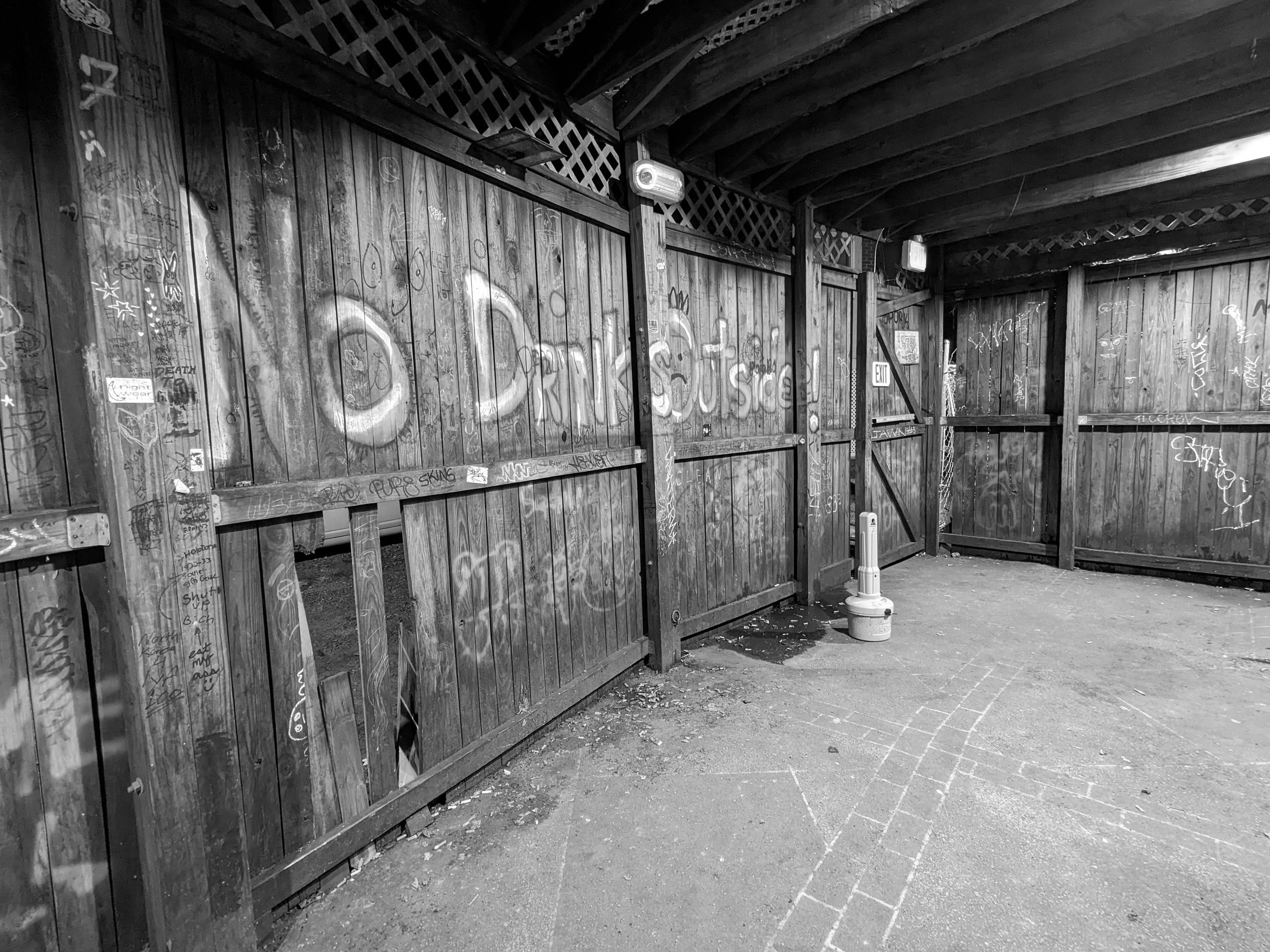







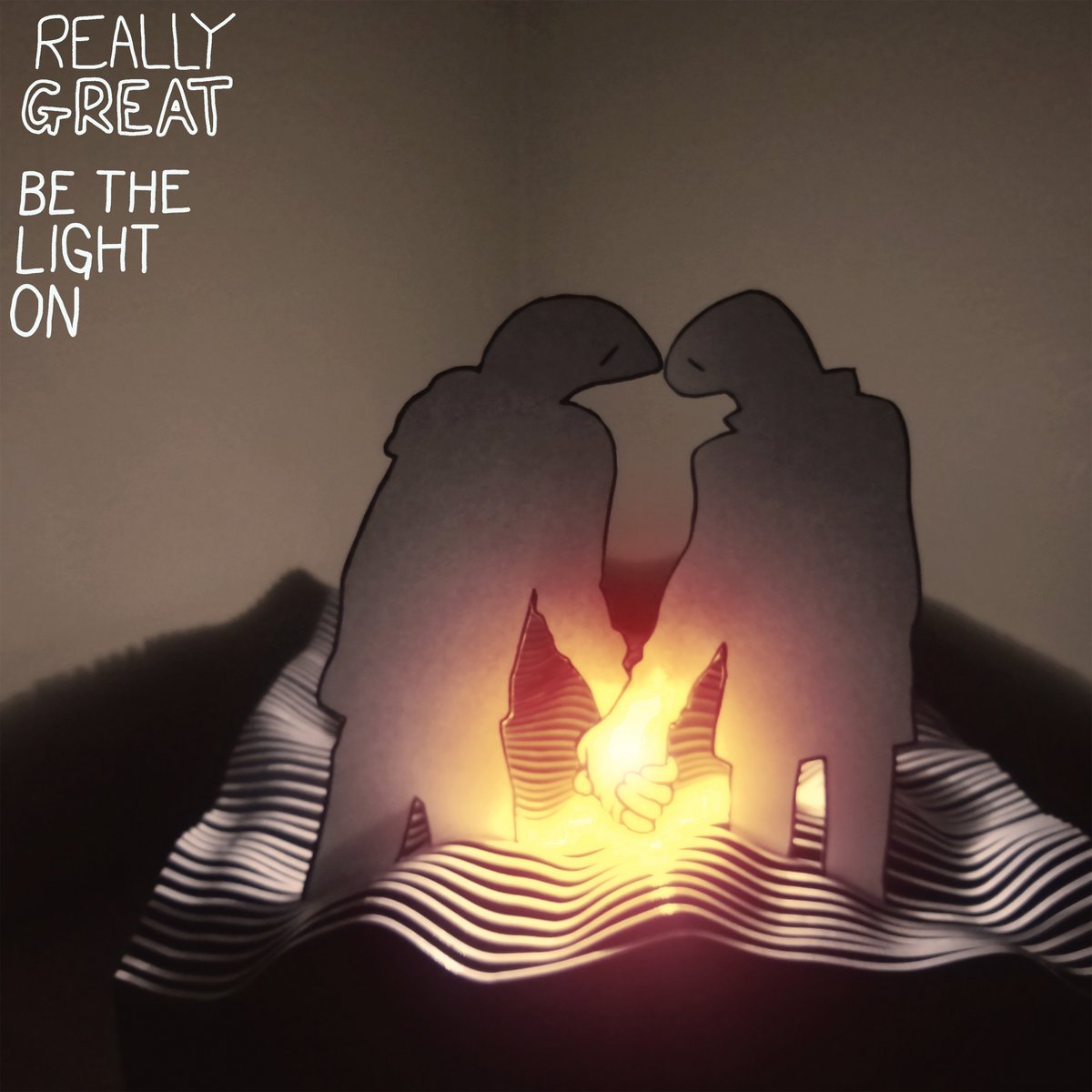

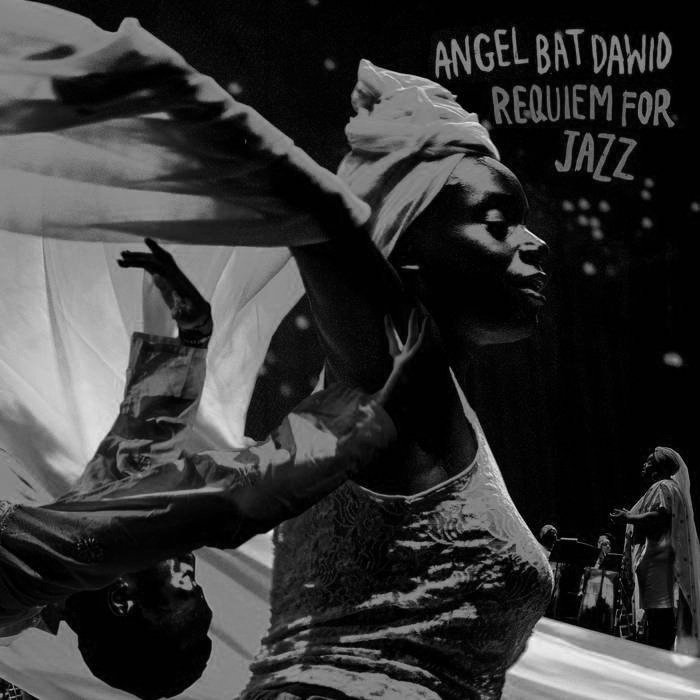
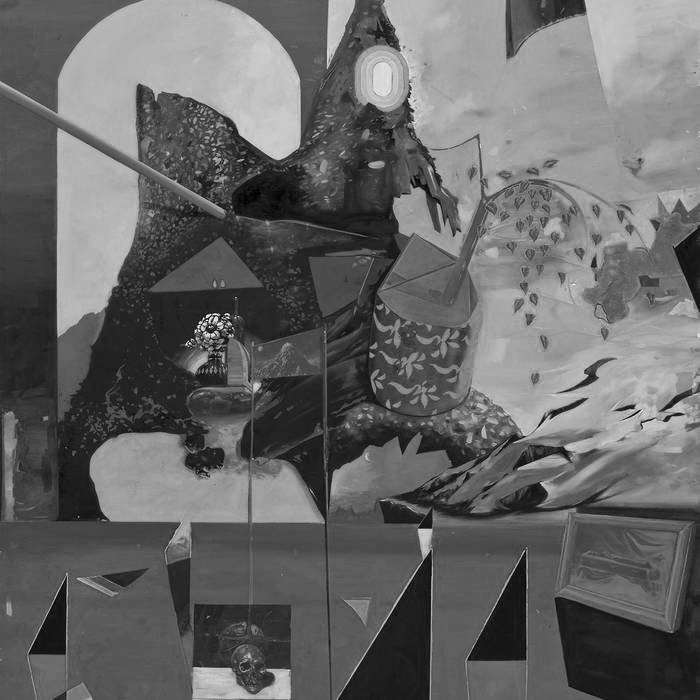

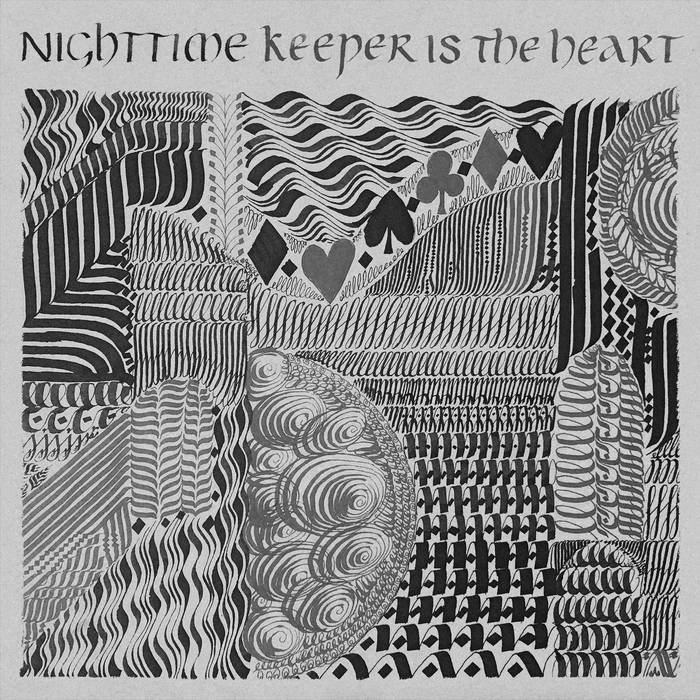
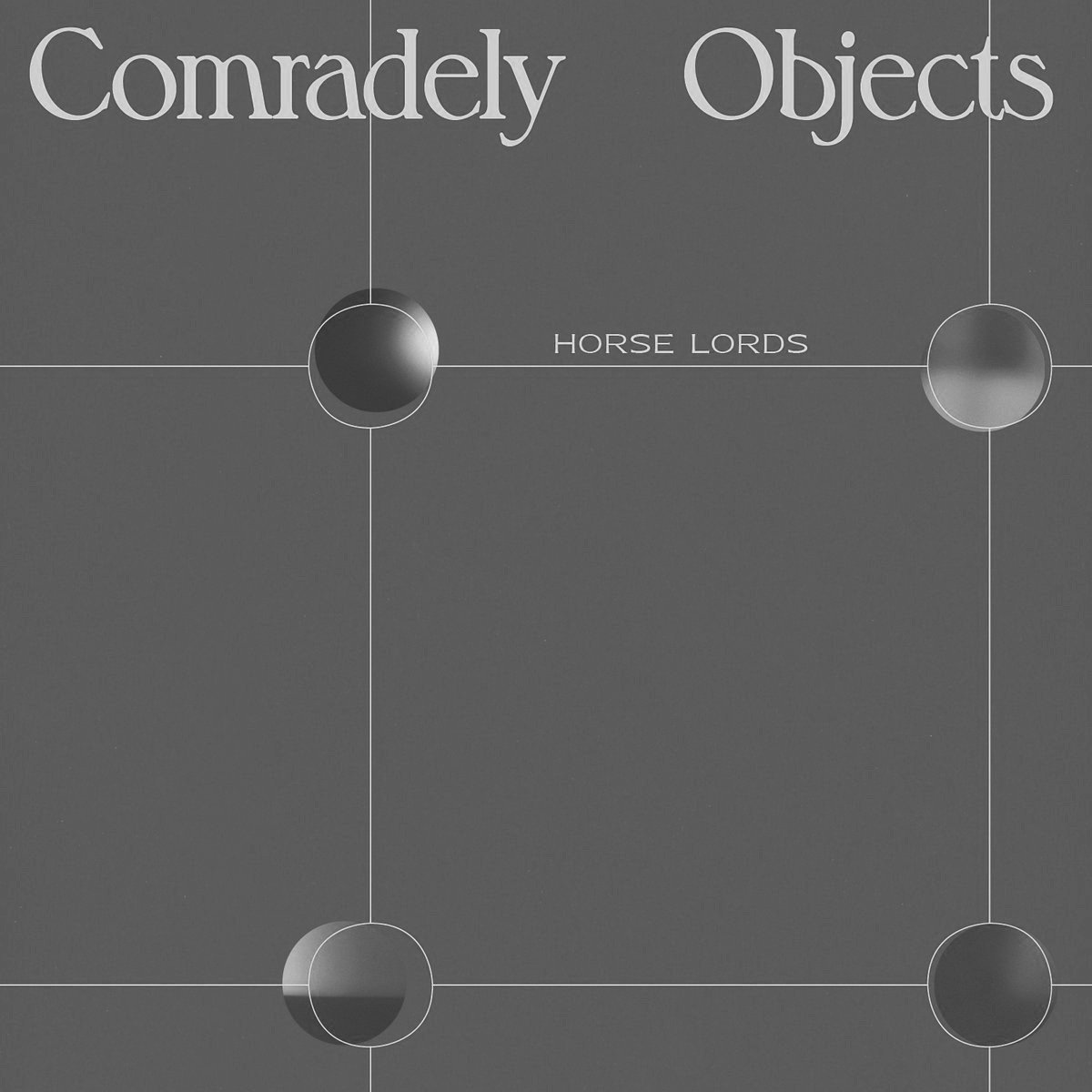

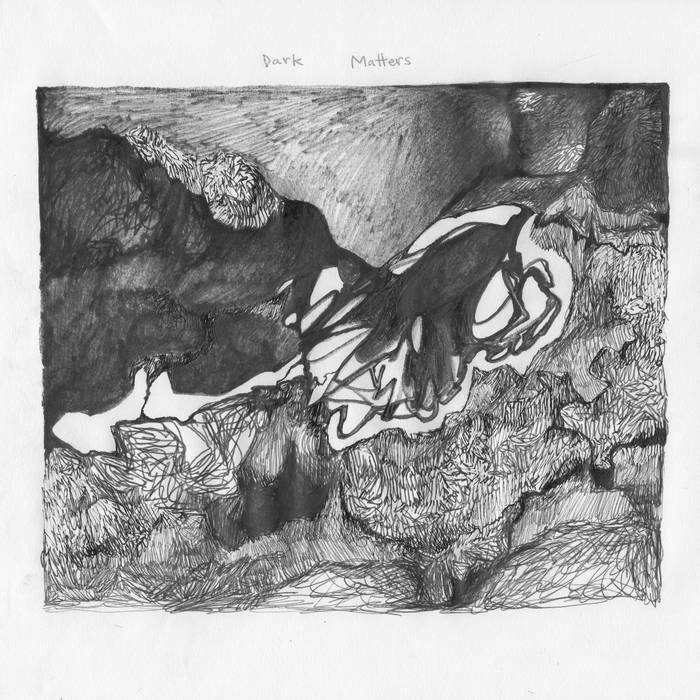
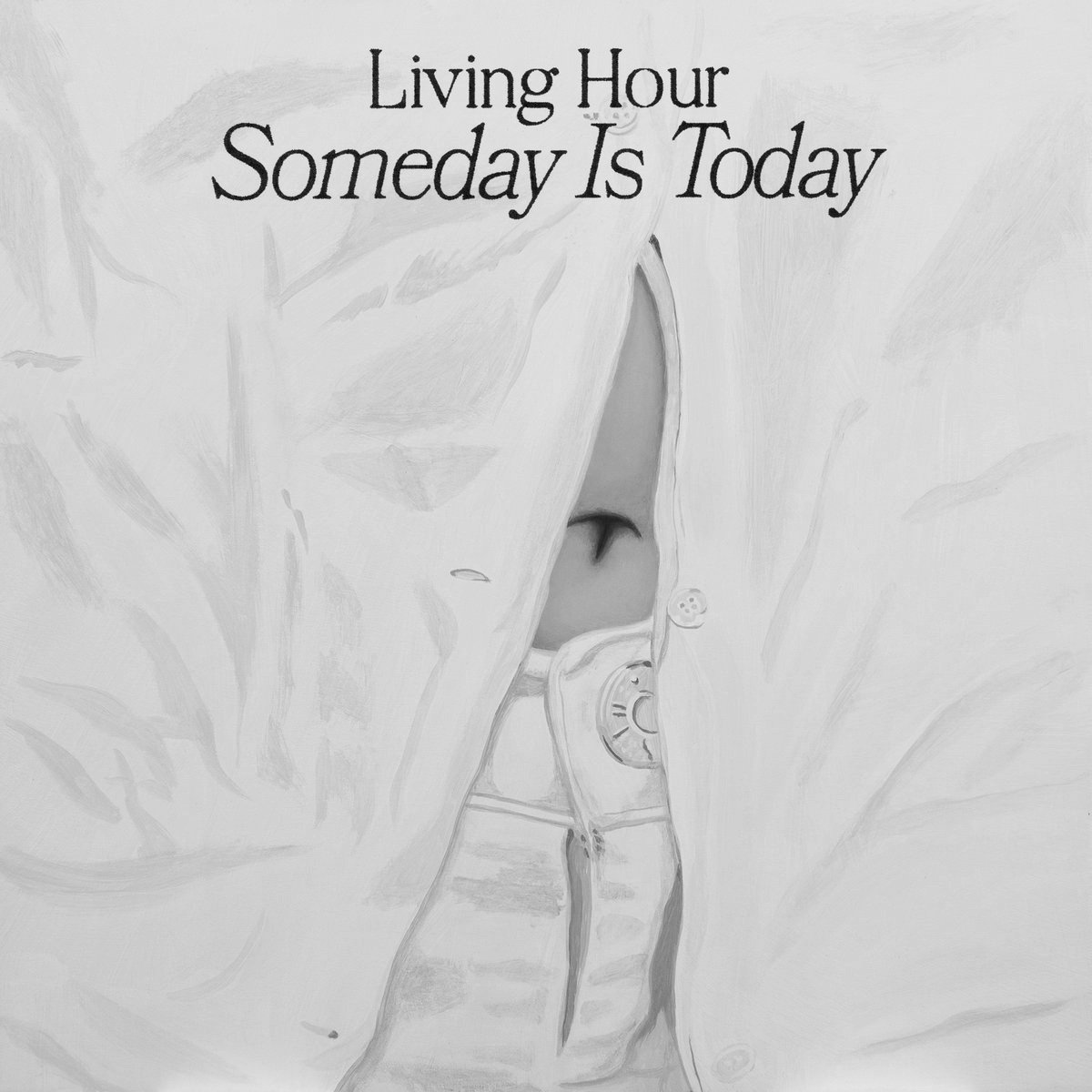


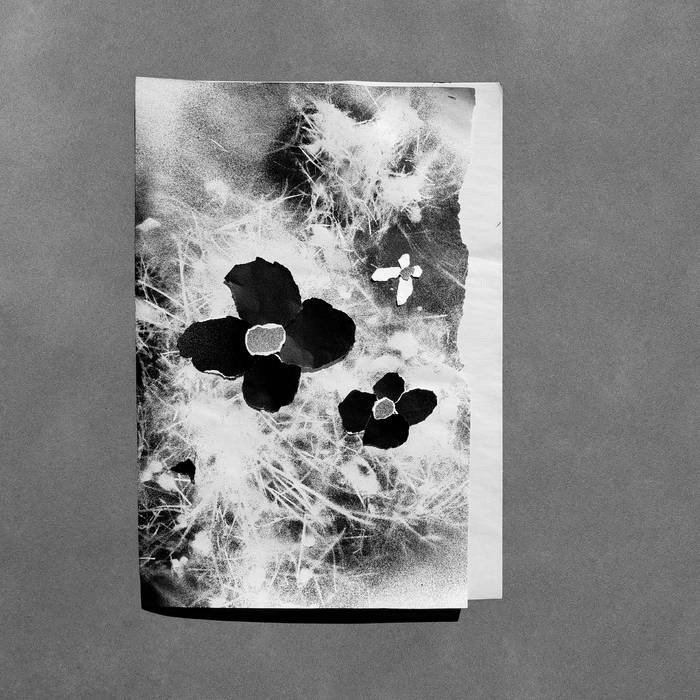






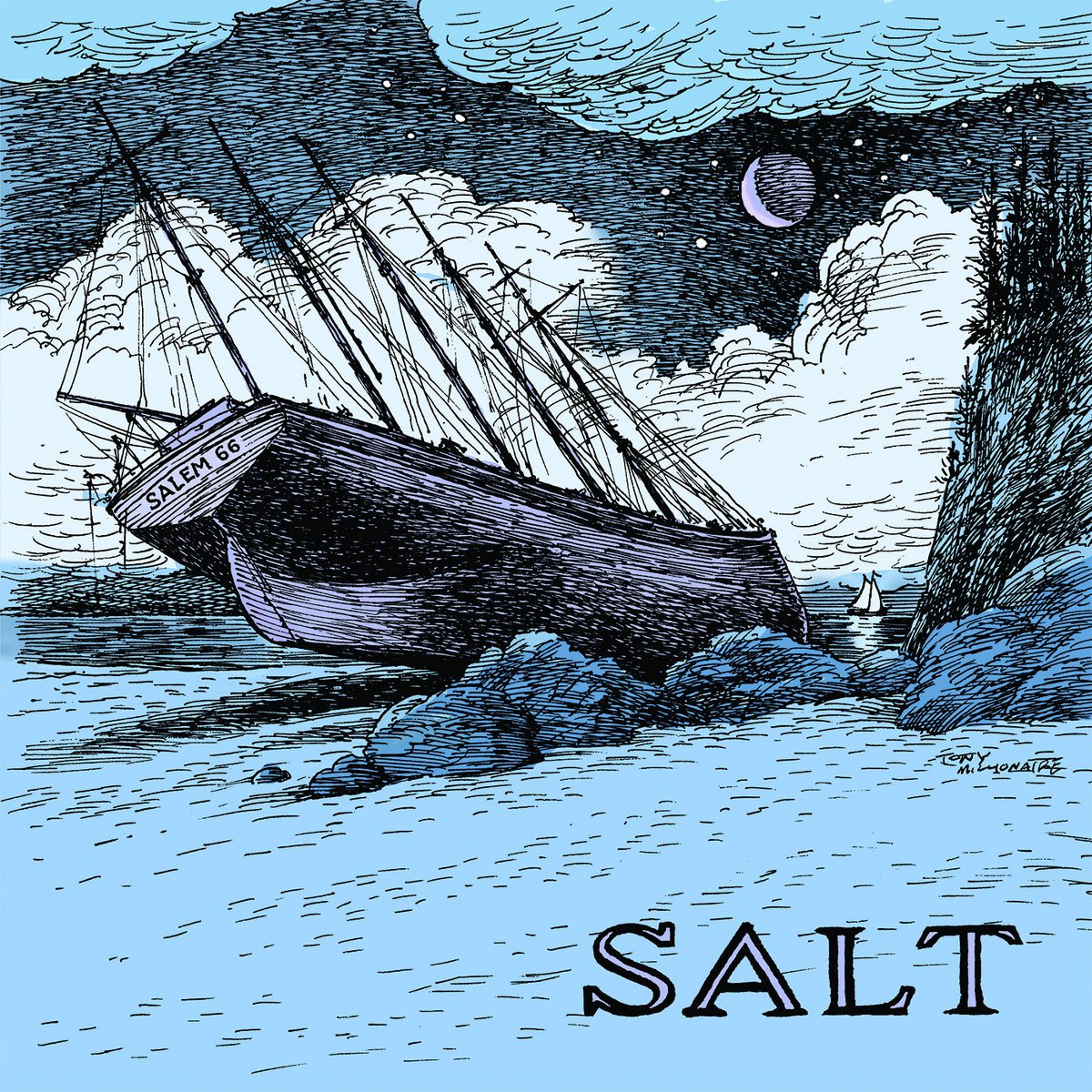

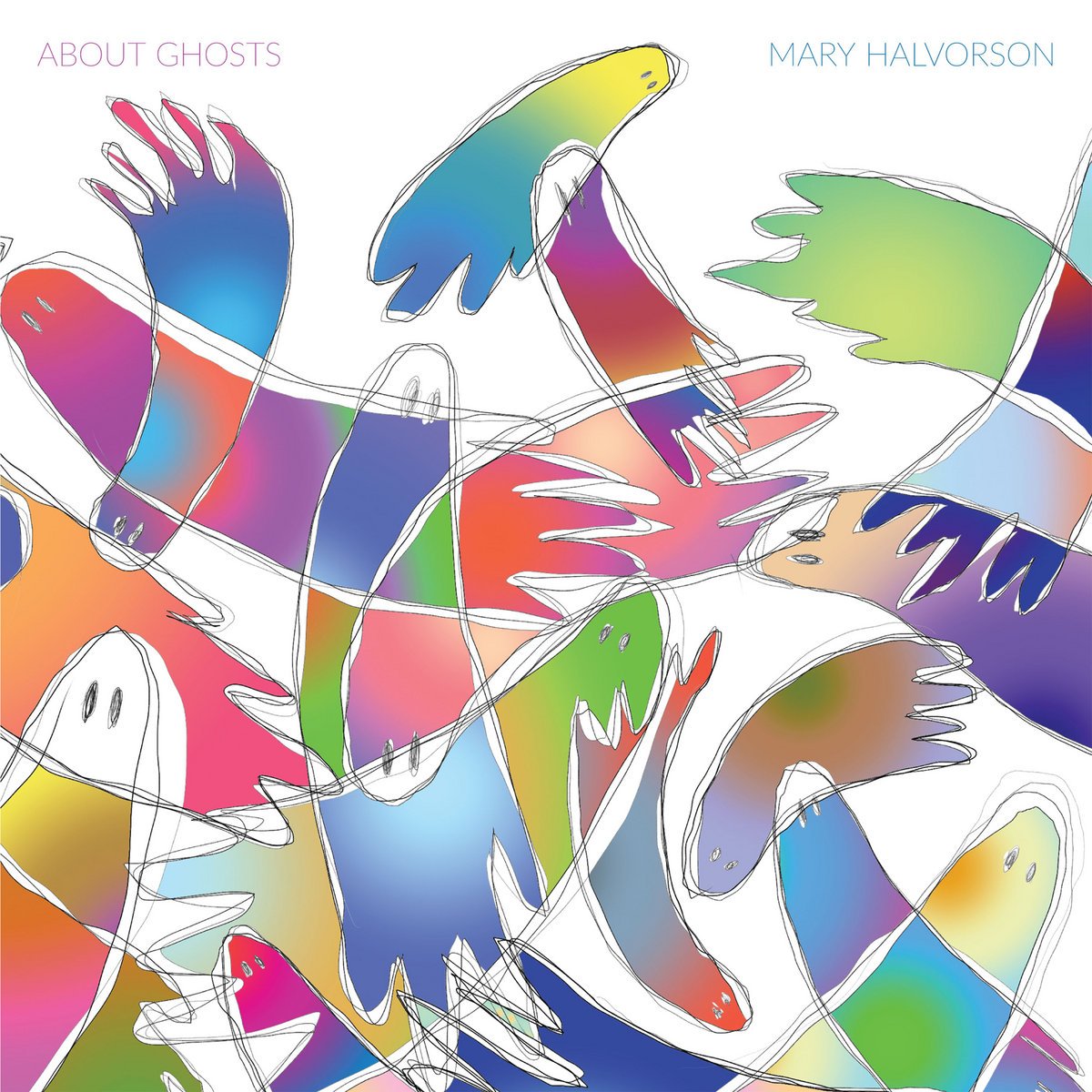
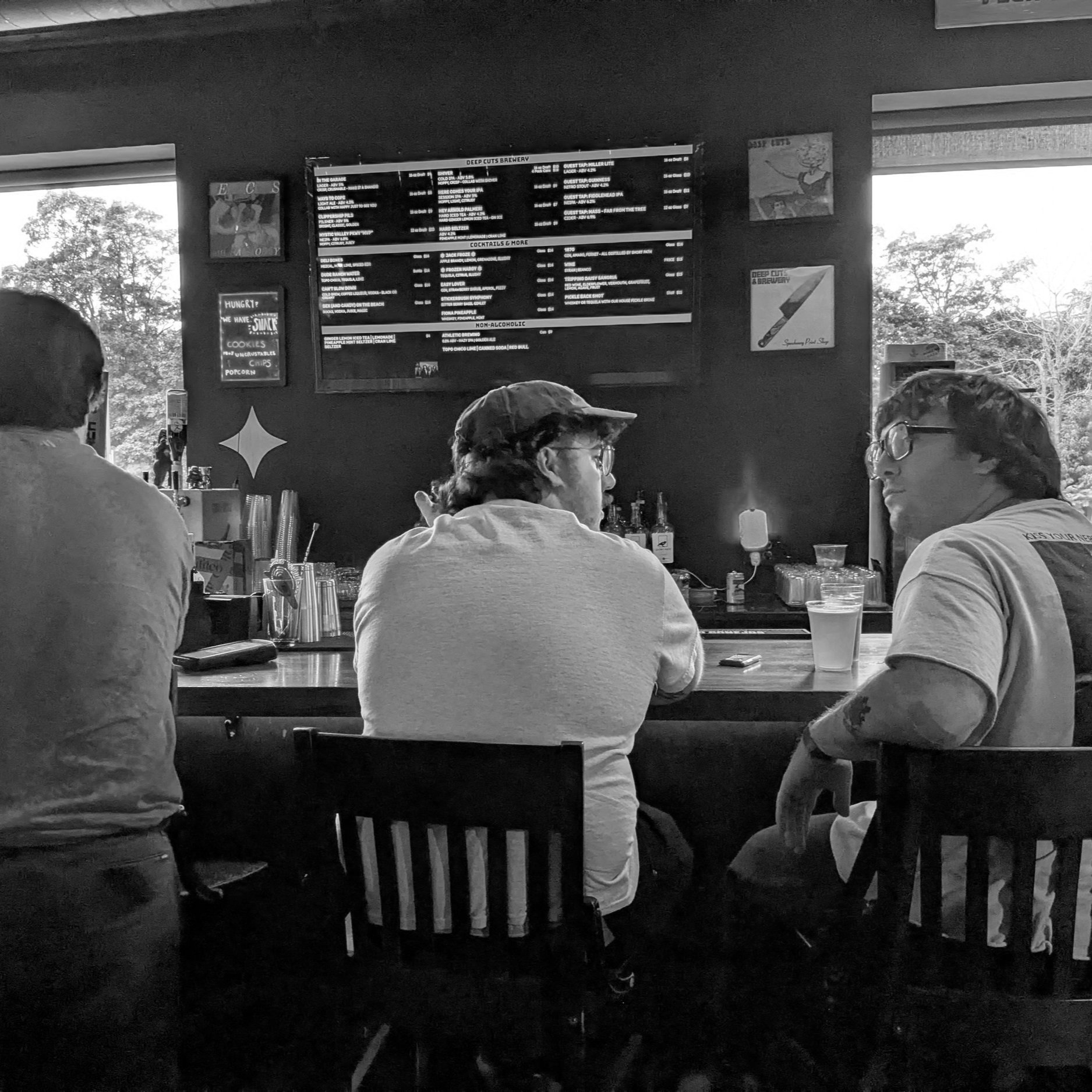

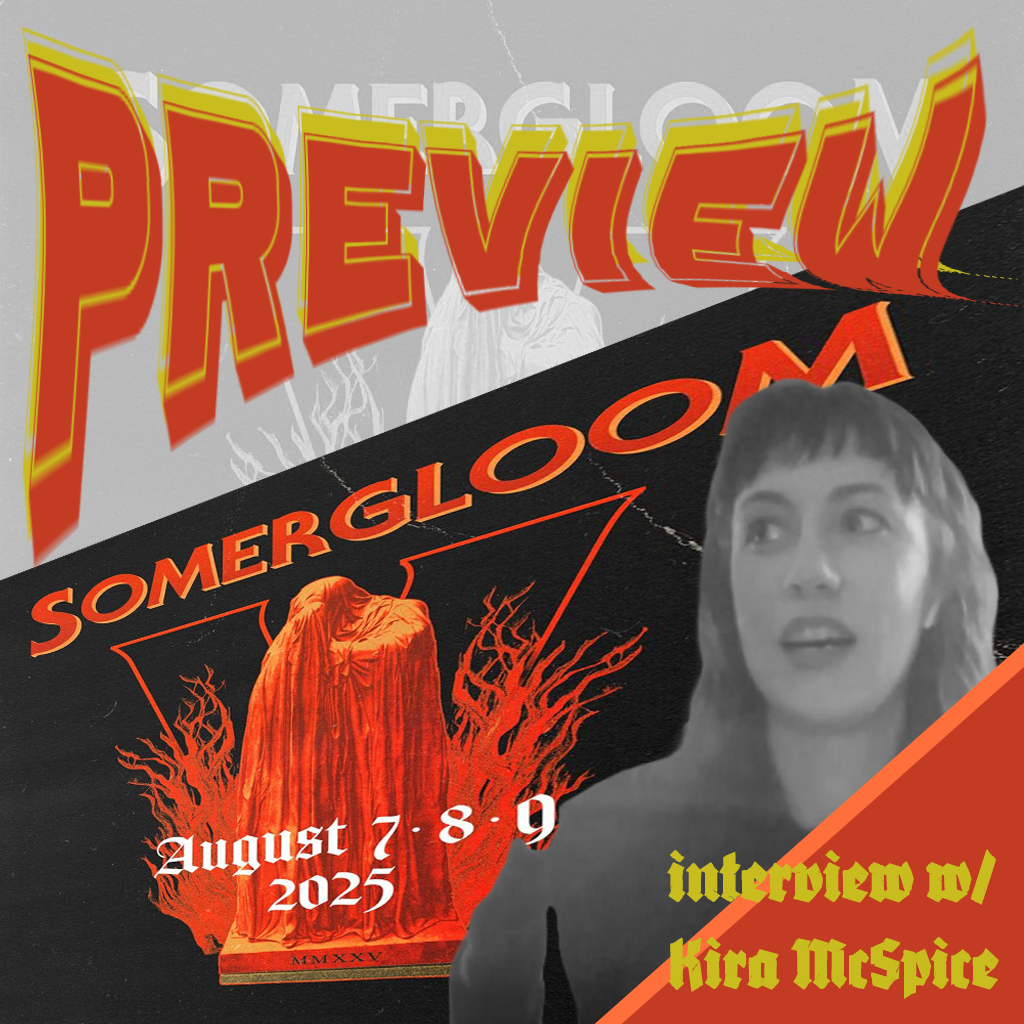



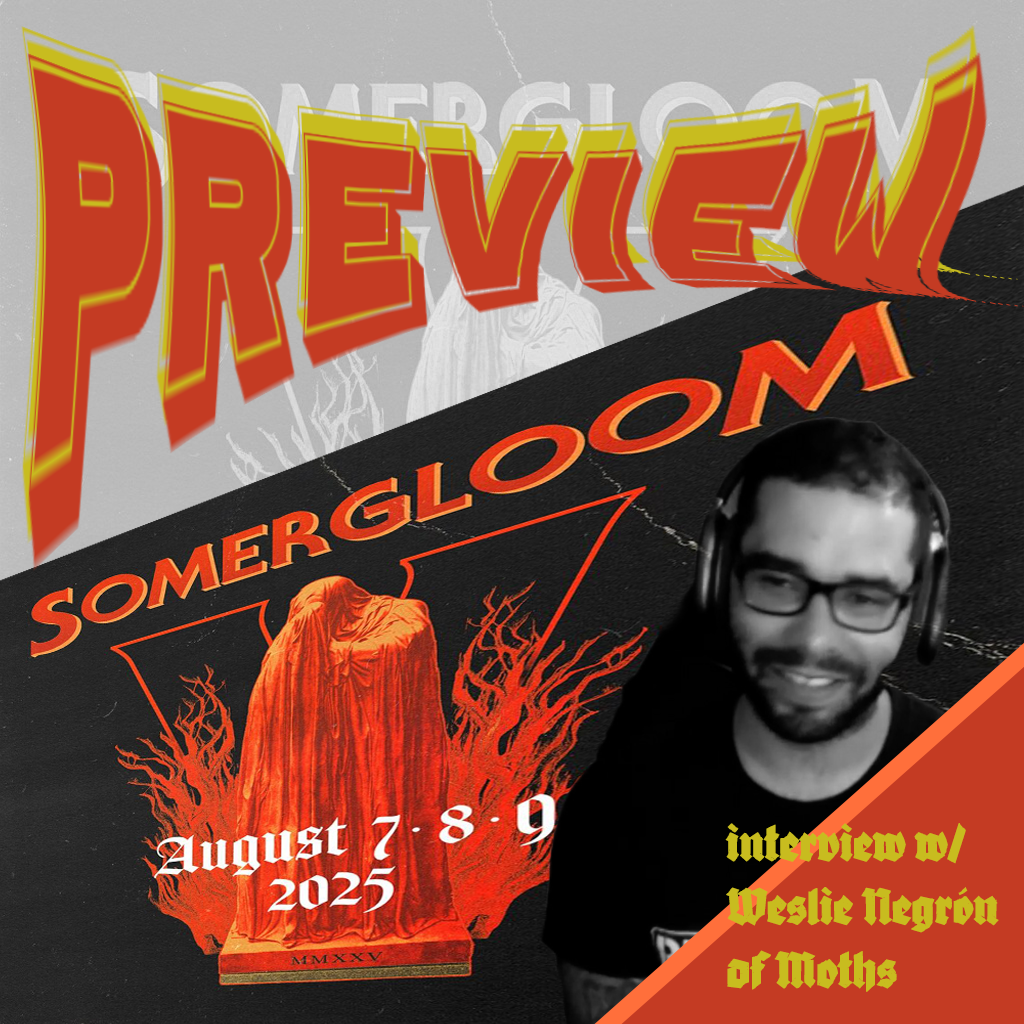














Guitar-forward chiptune.